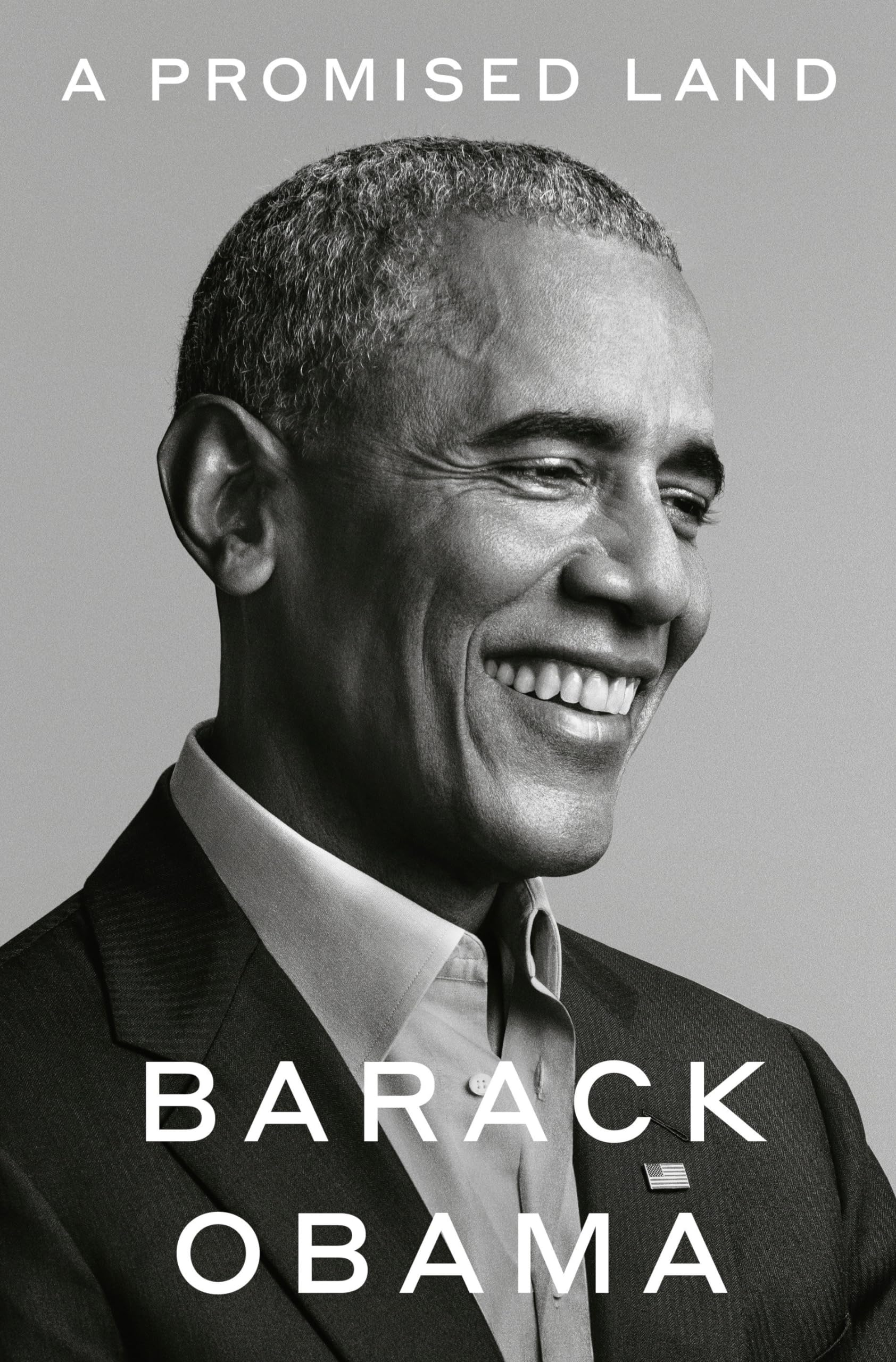CHAPTER 8: The Rise of Resentment Politics in the 2008 Election
byChapter 8 of the 2008 presidential election was more than just a political contest—it was a moment of cultural reckoning that reflected deep divisions within American society. Sarah Palin, selected as John McCain’s running mate, emerged as a polarizing figure, igniting both passionate support and fierce opposition. Conservatives saw her as a fresh, authentic voice—an embodiment of small-town values, self-reliance, and an antidote to what they viewed as an elitist, out-of-touch Washington establishment. Meanwhile, liberals viewed her candidacy with a mixture of alarm and disbelief, seeing her as a dangerously unqualified figure whose rise signified a shift away from thoughtful governance toward a more populist, emotionally driven political strategy.
Beyond policy debates, Palin’s persona became a cultural phenomenon, transforming her into a lightning rod for ideological battles that extended far beyond the 2008 election. To many, she represented the rise of a new kind of conservative populism, one that rejected expertise and traditional political norms in favor of performative outrage and grievance-based rhetoric. Her speeches were not so much about policy as they were about identity, rallying voters around a sense of nostalgia for a perceived “real America” that they felt was being threatened by social progress, demographic changes, and globalization. Palin’s appeal lay in her ability to connect with this base emotionally, portraying herself as an outsider willing to challenge both the media and the political elite.
However, beneath the charm, charisma, and media spectacle was a more concerning trend—the increasing rejection of facts, expertise, and substantive debate in favor of emotional appeal and conspiracy-driven narratives. Palin leaned heavily into resentment politics, fueling fears about immigration, government overreach, and perceived liberal elitism. Her presence on the national stage was an early indication of a shift within the Republican Party, where emotional connection with the base began to matter more than policy competence. This pattern, once an outlier, would later become the defining characteristic of right-wing populist movements, culminating in the rise of the Tea Party and eventually the Trump presidency.
McCain’s decision to choose Palin as his running mate was widely seen as a strategic gamble, an attempt to energize conservative voters and counterbalance Obama’s historic candidacy. However, the unintended consequences of that choice would shape the trajectory of American politics for years to come. Palin’s ascendancy normalized a style of politics that relied on spectacle over substance, where conspiracy theories and cultural grievances overshadowed legitimate policy discussions. The Republican Party, once centered around traditional conservative values such as fiscal responsibility and foreign policy hawkishness, began its transformation into a party driven by media sensationalism, ideological purity tests, and an unwavering rejection of political compromise.
Throughout his campaign, Obama encountered countless Americans whose hardships underscored the failures of the political system. He met families who had lost jobs to outsourcing, young professionals struggling to find financial security, and individuals terrified that a medical emergency could push them into bankruptcy. These stories highlighted the real struggles faced by working-class Americans, but they also revealed why so many voters were drawn to figures like Palin, who validated their frustrations, even if her solutions were vague or unrealistic. Rather than addressing these systemic challenges through substantive policy, Palin and others who followed in her footsteps offered voters an emotional outlet—a politics of resentment, where blame was placed on outsiders, elites, and shifting cultural norms.
As the general election approached, the stakes became increasingly clear. This was no longer just a battle over healthcare policies, tax plans, or foreign affairs—it was a contest over the very identity of America and its future direction. The Obama campaign was built on a message of unity, progress, and resilience, contrasting sharply with the politics of division being fueled by his opponents. His movement was powered by an unprecedented coalition of young people, minorities, and first-time voters who saw his presidency as a chance to redefine the country’s values. The grassroots energy of the campaign was palpable, with record-breaking small-dollar donations and volunteers who were not just invested in winning an election but in shaping the nation’s trajectory for generations to come.
Despite the constant media distractions, partisan attacks, and efforts to derail his candidacy, Obama remained focused on the bigger picture. His vision for the country extended beyond the immediate election cycle, aiming to foster a political environment where cooperation, innovation, and collective progress took precedence over fear-mongering and divisiveness. He understood that while Palin and her brand of politics had temporarily captured the public’s imagination, the long-term viability of such a movement was questionable if it failed to offer real solutions to America’s problems. His campaign was not just about defeating an opponent—it was about presenting an alternative future, one where politics could be about hope rather than fear, inclusion rather than division, and progress rather than nostalgia.
As election night neared, the weight of what was at stake became even more apparent. This was not just about Democrats versus Republicans; it was about two competing visions of America—one forward-looking and inclusive, the other retreating into the comforts of past grievances. The outcome would not only determine the next president but also signal what kind of country Americans wanted to become. And for Obama, the hope was that amidst the noise, the negativity, and the attempts to drag politics into the gutter, the American people would choose unity over division, substance over spectacle, and progress over stagnation.

